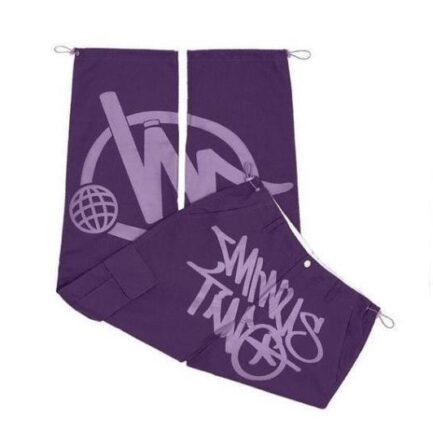In the world of fashion, sustainability has become a minus two hose buzzword, and denim, being one of the most popular fabrics, is no exception. Minus Two Jeans, a pioneering brand, has taken the industry by storm with its commitment to eco-friendly practices and innovative materials. As consumers become increasingly conscious of their environmental footprint, it's essential to delve into the materials used in Minus Two Jeans and explore what makes them a game-changer in the world of sustainable denim.

The Quest for Sustainable Denim
Traditional denim production is a resource-intensive process, consuming vast amounts of water, energy, and chemicals. The environmental impact of the denim industry is staggering, with the production of a single pair of jeans requiring over 1,000 gallons of water. Minus Two Jeans, however, has taken a bold step towards reducing its ecological footprint by incorporating sustainable materials and practices into its manufacturing process.
Cotton: The Primary Material
Cotton is the primary material used in Minus Two Jeans, accounting for approximately 90% of the fabric composition. However, it's not just any ordinary cotton. Minus Two Jeans sources its cotton from the Better Cotton Initiative (BCI), a global program that promotes more sustainable cotton production practices. BCI cotton is grown using techniques that reduce water and pesticide usage, minimize soil degradation, and promote fair labor practices.
Recycled Polyester: The Sustainable Twist
In addition to BCI cotton, Minus Two Jeans incorporates recycled polyester into its fabric blend. This innovative material is derived from post-consumer plastic waste, such as plastic bottles, which are collected, sorted, and processed into a high-quality polyester fiber. The use of recycled polyester reduces the amount of waste in landfills, conserves non-renewable resources, and decreases greenhouse gas emissions.
Tencel: The Sustainable Cellulose Fiber
Tencel, a sustainable cellulose fiber, is another key component of Minus Two Jeans' fabric blend. Produced by the Austrian company Lenzing, Tencel is derived from wood pulp cellulose, sourced from sustainably managed forests. The production process is closed-loop, meaning 99% of the solvent is recycled, minimizing waste and emissions. Tencel adds strength, softness, and breathability to the fabric, while its natural temperature regulation properties ensure a comfortable wear.
Organic Elastane: The Stretchy Component
Elastane, a synthetic fiber, is often used in denim to provide stretch and flexibility. Minus Two Jeans, however, takes it a step further by using organic elastane, which is produced from renewable resources such as corn starch or sugarcane. This eco-friendly alternative reduces the reliance on non-renewable resources and minimizes the environmental impact of elastane production.
Waterless Dyeing: A Game-Changer in Denim Production
The dyeing process is a significant contributor to the environmental impact of denim production. Traditional dyeing methods consume vast amounts of water and energy, resulting in wastewater and pollution. Minus Two Jeans has adopted a waterless dyeing technology, which uses a closed-loop system to recycle 95% of the water used in the dyeing process. This innovative approach reduces water consumption, energy usage, and waste generation, making it a significant step towards sustainable denim production.
Finishing Treatments: A Focus on Sustainability
Finishing treatments, such as washing and distressing, are an essential part of the denim production process. Minus Two Jeans employs eco-friendly finishing treatments, including ozone washing and laser finishing, which reduce water and energy consumption. These methods also minimize the use of harsh chemicals, ensuring a safer working environment for factory workers.
The Impact of Minus Two Jeans' Sustainable Materials
The use of sustainable materials in Minus Two Jeans has a significant impact on the environment. By incorporating BCI cotton, recycled polyester, Tencel, organic elastane, and waterless dyeing, the brand reduces its ecological footprint in several ways:
- Water conservation: Minus Two Jeans saves approximately 90% of water compared to traditional denim production methods.
- Energy reduction: The use of sustainable materials and production processes reduces energy consumption by up to 50%.
- Waste reduction: The brand's closed-loop systems and recycling practices minimize waste generation, reducing the amount of waste sent to landfills.
- Greenhouse gas emissions: Minus Two Jeans' sustainable materials and production processes result in a significant reduction in greenhouse gas emissions.
Conclusion
Minus Two Jeans' commitment to sustainability is a beacon of hope in the fashion industry. By incorporating innovative materials and practices, the brand has reduced its ecological footprint, setting a new standard for sustainable denim production. As consumers become increasingly conscious of their environmental impact, Minus Two Jeans' approach serves as a model for the industry to follow. By choosing Minus Two Jeans, consumers can enjoy high-quality, stylish denim while supporting a brand that prioritizes the planet's well-being.